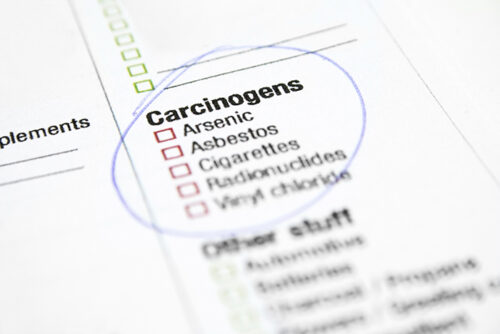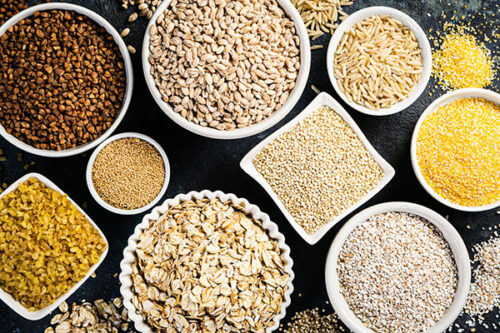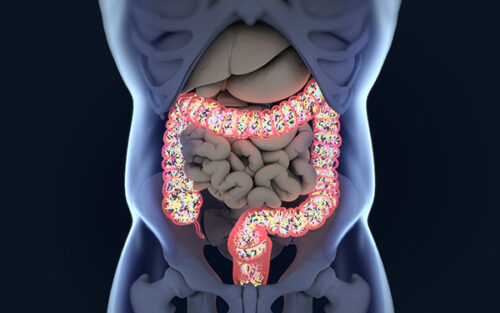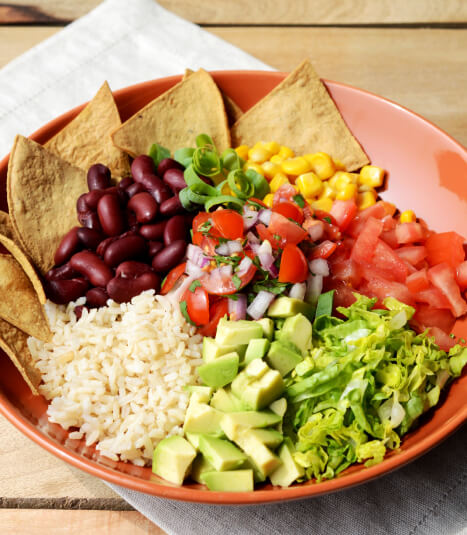Favorite 5 Articles from the March 2011 Newsletter
Acne Is Caused by Diet, Especially Dairy Products
Two recently published studies make a causal link between the high-fat Western diet and acne. The influence of dietary patterns on acne vulgaris in Koreans by JY Jung published in the European Journal of Dermatology concluded, “This study also showed that a high glycemic load diet, dairy food intake, high fat diet, and iodine in Korean foods appear to play a role in acne exacerbation.”1 Another study, Role of insulin, insulin-like growth factor-1, hyperglycaemic food and milk consumption in the pathogenesis of acne vulgaris by Bodo C. Melnik, published in the journal Experimental Dermatology, blamed milk consumption for adult acne.2
Comment: These two new studies add to previous research showing cow’s milk causes acne.3 Researchers reported in 2006 after studying 6,094 girls, aged 9 to 15, that those consuming two or more glasses of milk daily had 20% to 30% more acne, compared to girls consuming less than one glass daily. In this research, low-fat milk was implicated, suggesting that it was not the fat from the milk and cheese, but rather properties of the dairy protein that promoted pimples. This study proposed that milk protein causes a rise of a powerful growth hormone, insulin-like growth factor-1 (IGF-1), in the body, which in turn promotes acne. Male hormones, called androgens, which are increased by the consumption of milk and cheese, provide another mechanism for dairy’s role in causing acne.
For at least the past four decades doctors have told patients that diet has nothing to do with their acne. This dogmatic statement is based primarily on one study published 42 years ago in the Journal of the American Medical Association.2 The author, Dr. James Fulton, studied 30 adolescents (14 girls and 16 boys) attending an acne clinic, and 35 young adult male prisoners with mild to moderate acne. The Chocolate Manufacturers Association of America provided the study with two kinds of candy bars: one with and one without chocolate. Both bars were made mostly of fat and sugar and had similar amounts of calories (557 to 592 calories per bar). The subjects then added one or the other bar to their usual daily food intake for the next four weeks. Nothing else was changed in their diet during the experiment except for the addition of the candy bars. They were still eating the same high-fat Western foods: meat, dairy, and free oils. Dr. Fulton and colleagues then counted the pimples on their young faces. Forty-six of the 65 subjects stayed the same, 10 were better, and 9 were worse. Not unexpectedly, the rate of sebum—a fatty substance secreted by the skin—excretion increased by 60% with the addition of either kind of the high-fat, high-sugar candy bar, with or without chocolate.
Please remember that the results of this single, seriously flawed, and irrelevant experiment are the heart and soul of the claim that “diet has nothing to do with acne.” Multiple scientific studies and the experiences of a few teenagers fortunate enough to have changed their diets show otherwise.
During their teenage years, boys and girls are obsessed with their personal appearance—not a single hair can be out of place when they leave for school each morning. Obviously, a face glistening with oily skin and marked by inflamed pustules is likely to destroy a young person’s self-image and self-confidence, to say the least. Protective parents will stand up for their children and make all efforts to support their happiness and success during these developmental years. In this case the benefits for children are as simple as fixing the foods on their dinner plates.
1) Jung JY, Yoon MY, Min SU, Hong JS, Choi YS, Suh DH. The influence of dietary patterns on acne vulgaris in Koreans. Eur J Dermatol. 2010 Nov-Dec;20(6):768-72.
2) Melnik BC, Schmitz G. Role of insulin, insulin-like growth factor-1, hyperglycaemic food and milk consumption in the pathogenesis of acne vulgaris. Exp Dermatol. 2009 Oct;18(10):833-41.
3) Adebamowo CA, Spiegelman D, Berkey CS, Danby FW, Rockett HH, Colditz GA, Willett WC, Holmes MD. Milk consumption
/misc/2014nl/feb/sb380.htm”
Recommended Articles

Arsenic In Rice

Lessons from the Past, Directions for the Future: The WWI Starch Solution for Denmark






